Rising Demand for Convenience
The flexible packaging market in Germany experiences a notable surge in demand for convenience-oriented products. Consumers increasingly favor packaging solutions that offer ease of use, portability, and extended shelf life. This trend is particularly evident in sectors such as food and beverages, where ready-to-eat meals and single-serve packages are gaining traction. According to recent data, the convenience food segment has seen a growth rate of approximately 5% annually, driving the need for innovative flexible packaging solutions. As manufacturers respond to this consumer preference, the flexible packaging market is likely to witness a significant transformation, with a focus on developing user-friendly designs that enhance the overall consumer experience.
Increased Focus on Health and Safety
Health and safety concerns are becoming increasingly prominent in the flexible packaging market in Germany. Consumers are more aware of the implications of packaging materials on food safety and quality. This heightened awareness is driving demand for packaging solutions that ensure product integrity and minimize contamination risks. The flexible packaging market is responding by developing materials that are not only safe but also enhance the shelf life of products. As a result, the market is expected to grow by approximately 5.5% in the health-oriented packaging segment. This focus on health and safety is likely to shape future innovations and standards within the industry.
Growth of the Food and Beverage Sector
The food and beverage sector in Germany is a primary driver of the flexible packaging market. With a robust economy and a strong consumer base, the demand for packaged food products continues to rise. Recent statistics indicate that the food packaging segment accounts for approximately 40% of the total flexible packaging market share. This growth is fueled by changing consumer lifestyles, which favor convenience and ready-to-eat options. As the sector expands, the flexible packaging market is likely to see increased investments in innovative packaging solutions that cater to the evolving preferences of consumers, ensuring product freshness and safety.
Technological Advancements in Packaging
Technological innovations play a crucial role in shaping the flexible packaging market in Germany. The integration of advanced materials and production techniques has led to the development of high-performance packaging solutions that meet stringent quality standards. Innovations such as biodegradable films and smart packaging technologies are gaining popularity, as they align with consumer preferences for sustainability and functionality. The market is projected to grow at a CAGR of 4.5% over the next five years, driven by these technological advancements. As companies invest in research and development, the flexible packaging market is expected to evolve, offering enhanced product protection and improved shelf appeal.
Regulatory Support for Sustainable Practices
The flexible packaging market in Germany benefits from a regulatory environment that increasingly supports sustainable practices. Government initiatives aimed at reducing plastic waste and promoting recycling are influencing packaging choices across various industries. For instance, the German Packaging Act mandates that packaging must be recyclable or reusable, pushing manufacturers to adopt eco-friendly materials. This regulatory framework is likely to drive a shift towards sustainable flexible packaging solutions, with an anticipated market growth of 6% in the eco-friendly segment. As companies adapt to these regulations, the flexible packaging market is poised for significant changes, emphasizing sustainability as a core business strategy.


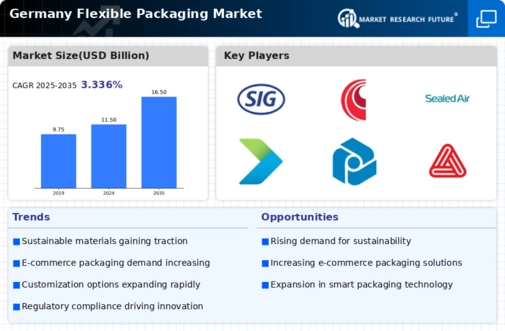
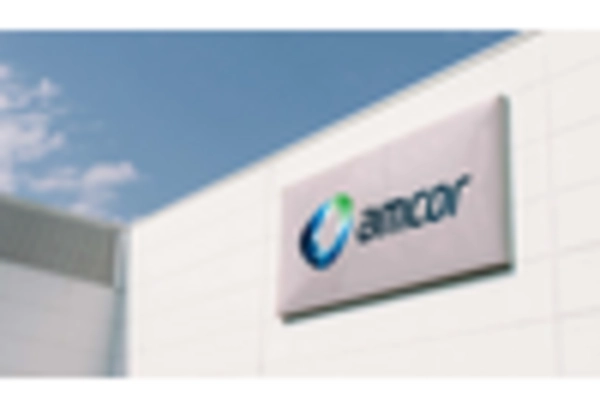
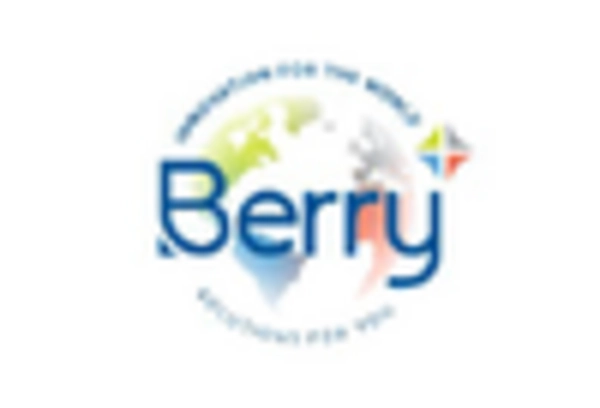
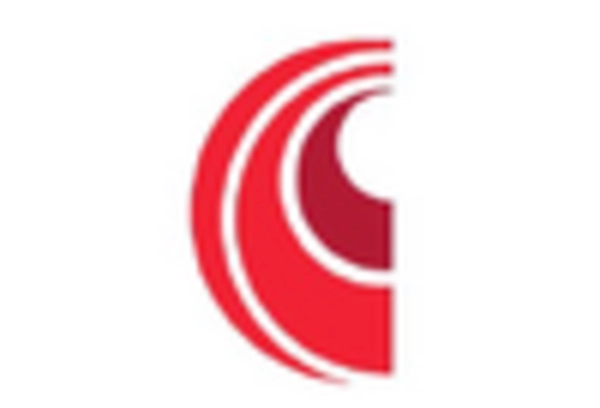
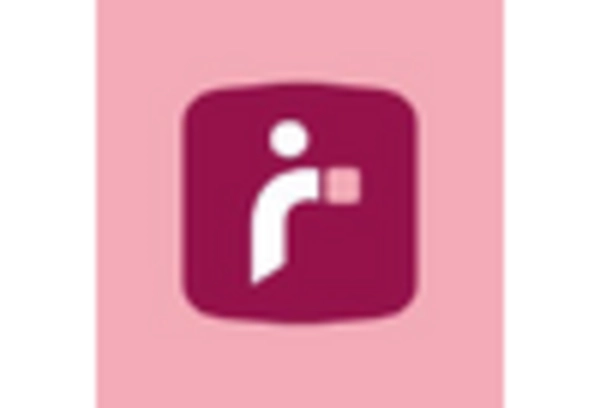
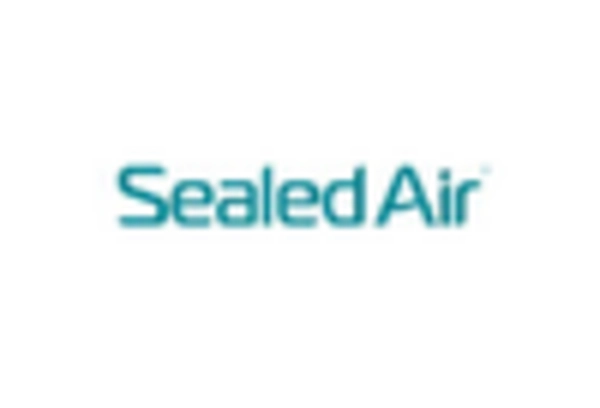
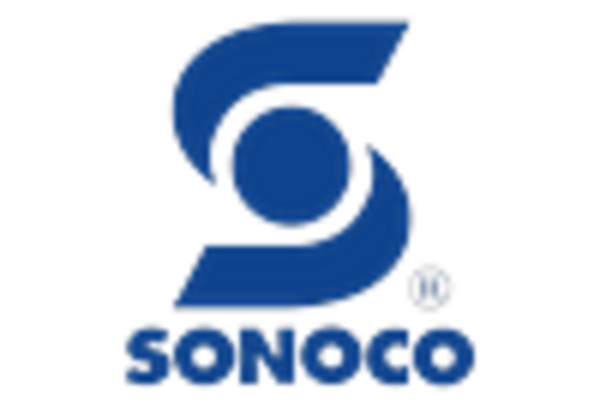








Leave a Comment